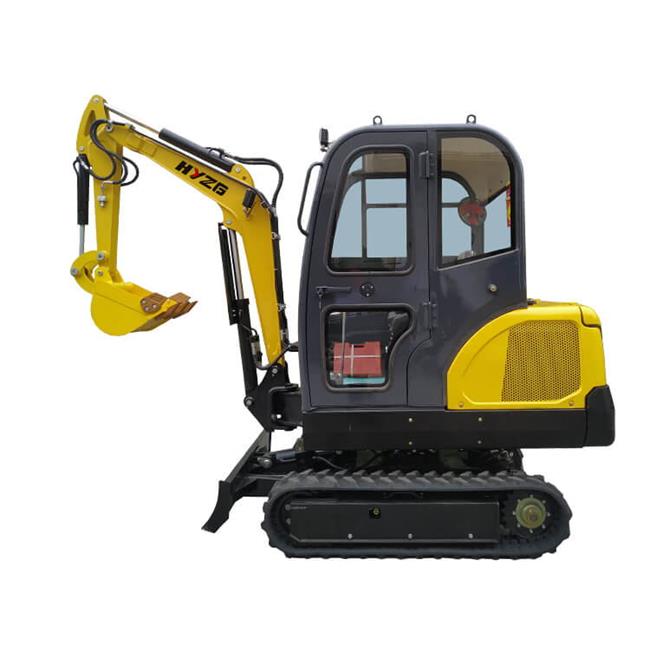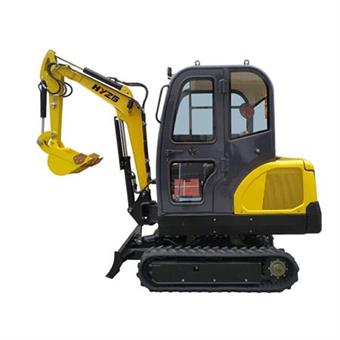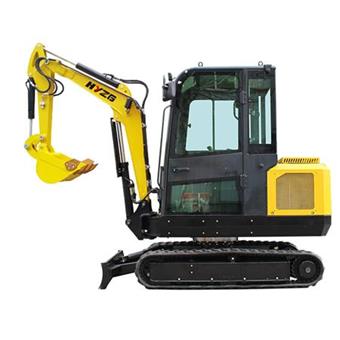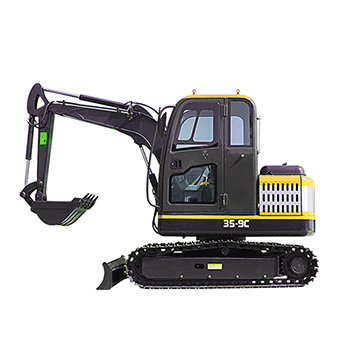
News
Changing the rubber tracks on an excavator may seem daunting, but with proper tools and guidance, it’s manageable even for operators with basic mechanical skills. Rubber tracks wear down over time, and replacing them is essential to maintaining performance, safety, and efficiency.

Rubber tracks experience wear and tear due to prolonged usage on tough terrains. Indicators that it’s time to replace them include:
Visible cracks, splits, or tears.
Reduced traction.
Frequent slippage during operation.
Signs of internal damage, like stretched tracks or exposed cords.
Before starting, gather the necessary tools:
Jack or track lift.
Wrenches or a socket set.
Pry bar or crowbar.
Grease gun.
Lubricant spray.
Safety gloves and goggles.
Ensure Safety: Park the excavator on a flat surface, turn off the engine, and engage the parking brake.
Lift the Excavator: Use a jack or track lift to slightly elevate the machine, allowing the track to hang freely.
Locate the grease fitting on the track adjuster.
Use a grease gun to release tension by loosening the valve and allowing grease to escape.
Push the idler wheel inward to collapse the track system.
Start by loosening the track bolts and carefully disengaging the track from the sprockets using a pry bar.
Slide the track out from the rollers, ensuring it’s done cautiously to avoid damaging the undercarriage.
Align the new rubber track with the sprocket teeth.
Place the track on the top of the sprocket and gradually fit it around the rollers and idler.
Ensure the track is evenly positioned.
Pump grease back into the tensioner using a grease gun to extend the idler and tighten the track.
Adjust until the track has the correct tension as per the manufacturer’s guidelines.
Lower the excavator and check the track’s alignment.
Test the movement by operating the excavator slowly to ensure smooth motion.
Always wear appropriate safety gear.
Never work under a suspended excavator without proper supports.
Follow the manufacturer's guidelines for tension adjustments.
Depending on usage and terrain conditions, rubber tracks generally last between 1,200 and 2,000 hours of operation.
Yes, with the right tools and guidance, operators can replace rubber tracks. However, professional assistance is recommended for larger excavators.
Delaying replacement can result in reduced performance, increased wear on other components, and safety hazards.
Refer to your excavator's manual or check the markings on the current tracks for specifications.
Changing the rubber tracks on an excavator is essential for maintaining operational efficiency and safety. While the process might seem challenging, following this guide ensures it’s completed smoothly. Regularly inspecting and replacing tracks not only enhances performance but also prolongs the lifespan of your machine.



